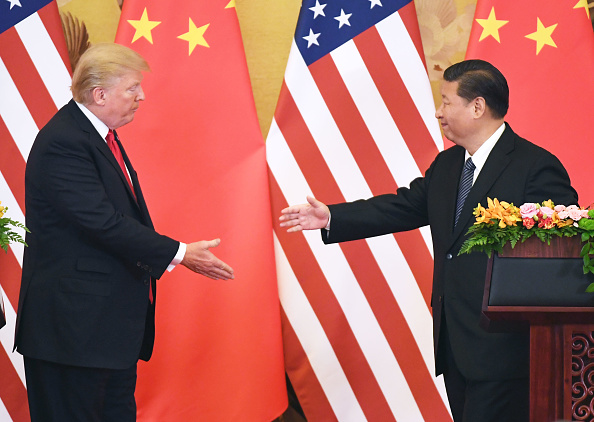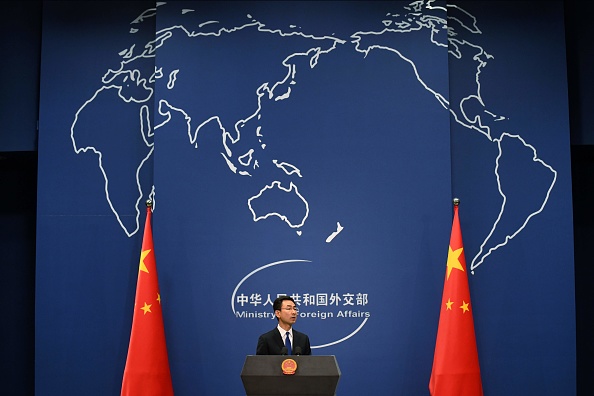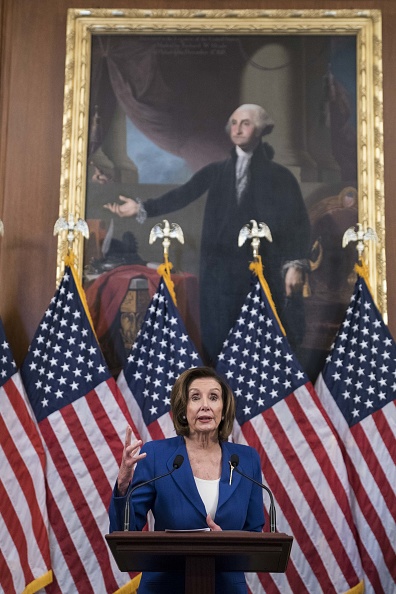
 Cooperation or Confrontation
Cooperation or ConfrontationPresidents Xi and Trump had a notable phone call this Friday in an attempt to mend strained relations, following weeks of disagreements over the coronavirus. Xi told Trump that "working together brings both sides benefits," and Trump tweeted his respect for the Chinese leader. The apparent conciliation comes after China's accusations that the virus originated from the U.S. army and follows Trump terming the virus to be a "Chinese virus", angering many in and outside of China. But notably, after his call, Trump did not use the term "Wuhan Virus" in his tweets. For more on the U.S. and China's strained relationship in light of the coronavirus outbreak, read "Simulating Decoupling: It's Not Pretty" from Ma Xiaoye, Founding Director of the Academy for World Watch, on China-US Focus.
This is in contrast to the G7 meeting Wednesday, which reports are saying ended unproductively and with the Trump administration initially trying to push for G7 countries to use the term "Wuhan Virus". The G20 also met via videoconference this week and had a more productive meeting, with agreements being made to inject over $5 trillion into the global economy, among other measures.
 Lockdown
LockdownAs the world grapples with an explosion of new COVID-19 cases, each country and government is charting its own path for keeping its citizens safe. On Thursday, the United States became the country with the most coronavirus cases in the world, at over 100,000 people sick and over 1,000 people dead from the respiratory disease, overtaking both Italy and China in confirmed cases. As the virus continues to intensify in the U.S., Chinese-Americans have reported being the recipients of a significant increase in hostility. It was also revealed this week that, prior to the outbreak, the Trump administration cut over two-thirds of its China-based staff at the Center for Disease Control and Prevention, as part of a broad scaleback of health and science staff operating in the country, which critics argue further compromised the U.S.'s ability to combat the fast-spreading virus.
As China begins to reopen and the virus begins to intensify throughout the rest of the world, China has plans to protect itself by closing its borders off to foreigners, with the exception of overseas Chinese. Officials will also ease restrictions placed on Hubei province - the original epicenter of the outbreak - and Wuhan is scheduled to follow on April 8th.
 Economic Spiral
Economic SpiralChina is planning a $7 trillion (50 trillion yuan) stimulus package to respond to the economic fallout following the pandemic's breakout in China. China's stimulus package will cover a large number of coal-fired power plants, including a handful of new power plants. Environmentalists have expressed concern that the stimulus will disrupt the global effort to fight climate change.
China may be turning the corner on the number of people diagnosed with the coronavirus, but the economic fallout from its closures is a signal of what's to come for the rest of the world. Domestic demand is significantly down, and there is a strong oversupply of goods due to a fallout in overseas demand. China's economy is expected to shrink for the first time since 1976.
Meanwhile, the largest stimulus package in American history has officially passed the House of Representatives as the U.S. economy faces a dangerous coronavirus-induced downward spiral. The $2 trillion pandemic package is designed to shore up battered markets as jobless claims skyrocket to levels never seen before, and businesses across the country shut their doors.
Prepared by China-US Focus editorial teams in Hong Kong and New York, this weekly newsletter offers you snap shots of latest trends and developments emerging from China every week, while adding a dose of historical perspective.
- 2020-03-20 World in Turmoil
- 2020-03-13 Global Emergency
- 2020-03-06 Global Strains
- 2020-02-28 Coronavirus Gone Global
- 2020-02-22 The Virus Continues
- 2020-02-15 Asserting Control
- 2020-02-08 A Novel Outbreak
- 2020-01-31 Global Health Emergency Declared
- 2020-01-24 Celebrations Grounded
- 2020-01-17 Signed, Sealed, Delivered
- 2020-01-10 Ink the Deal
- 2019-12-20 A Level Playing Field
- 2019-12-13 It’s a (Limited) Deal!
- 2019-12-06 An Arbitrary Deadline
- 2019-11-22 On or Off Again?
- 2019-11-15 Counterweight Critique
- 2019-11-08 "I haven't agreed to anything"
- 2019-11-01 Don’t Hold Your Breath